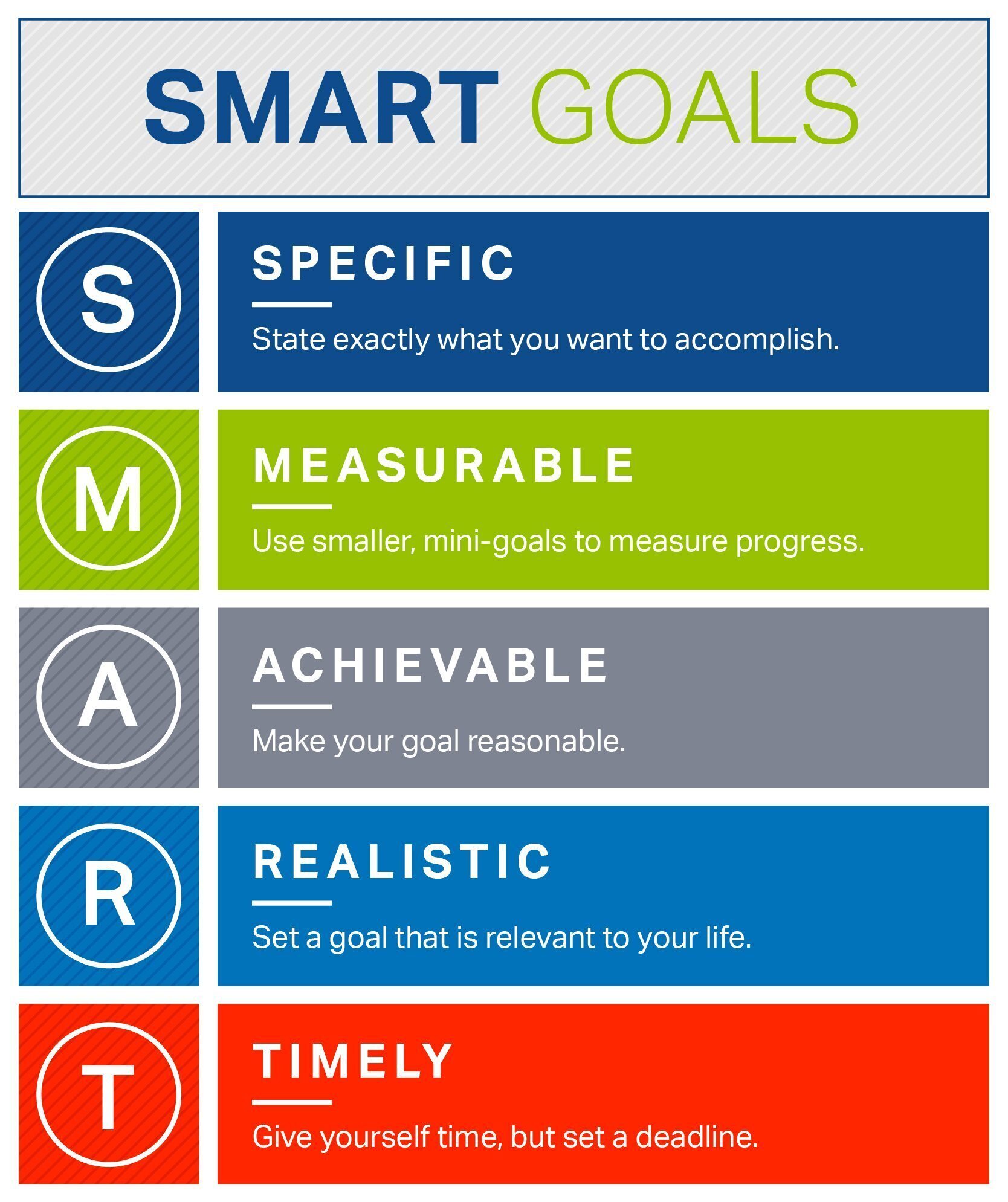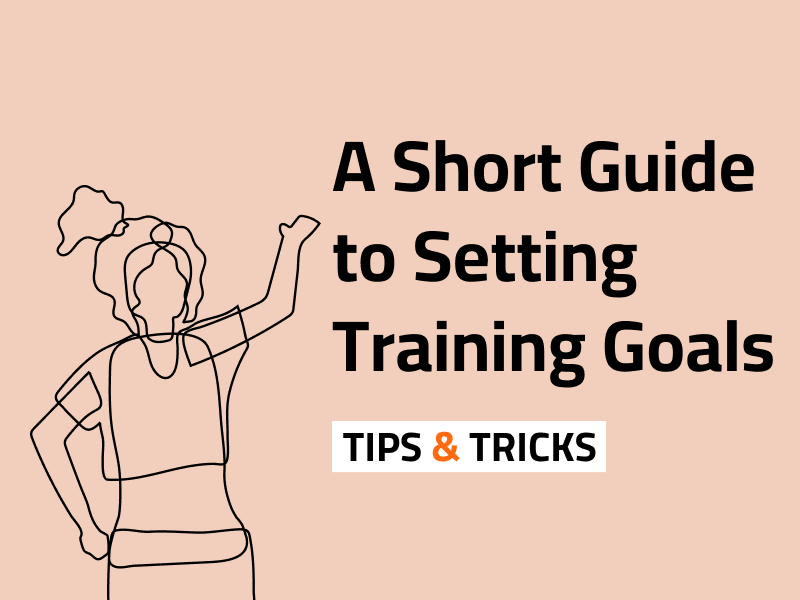Getting in shape, starting a personal training routine, or losing weight are definitely on the list of All Time Most Popular New Year’s Resolutions, but all too often, the initial drive peters out and the plans for self-improvement are placed on the backburner until the next New Year’s eve. Why does this happen? The answer is actually quite simple: New Year’s resolutions are not the same as setting goals, and setting goals is essential to achieve results in any kind of training you do. If you set yourself the right goals, you will achieve visible progress in your fitness journey, and if you achieve visible progress, your drive to continue will be sustained.
Training three times a week is not a goal, and it is especially not a sustainable goal. Nobody can tell you what exercises are best for you if they don’t know your goals. All the main components of your training depend on your specific goal –– and that includes what exercises and training method to choose, how many times per week to train, and what should the duration, intensity, volume, weight load of each training session be.
Training three times a week is not a goal, and it is especially not a sustainable goal. Nobody can tell you what exercises are best for you if they don’t know your goals. All the main components of your training depend on your specific goal –– and that includes what exercises and training method to choose, how many times per week to train, and what should the duration, intensity, volume, weight load of each training session be.

So, to create the right training program that will be hard but achievable, and will clearly help you progress, you must:
1. Choose your long-term goal. The top three fitness goals are losing weight, gaining muscle, and increasing stamina and endurance. Once you do that, follow the SMART methodology to make your goals specific.
1. Choose your long-term goal. The top three fitness goals are losing weight, gaining muscle, and increasing stamina and endurance. Once you do that, follow the SMART methodology to make your goals specific.

2. Your goals must be measurable and time-bound. Examples include losing 2 kg (4.5 lb) a month, increasing muscle mass by 5 kg (11 lbs) by year-end, running 10 km in 50 minutes three months after start of the training, achieving a set number of repetitions on a certain exercise, etc.
3. Your goals must be both achievable and realistic. Losing 30 kg in a month is not achievable unless you starve yourself, and neither is running a marathon one month from training (unless you plan to collapse at the finish line and blow out your knees forever). They should also have relevance to your life situation.
Once you have defined your long-term goal and your short-term goals that will help you to track your progress, you can create a training plan that will utilize the best exercises and training methods to help you achieve them. You can use Abe Health and its AI-powered platform to find a database of relevant exercises, discover suggestions for the most effective training methods, and create a balanced fitness journey that will help to improve your life and health.
3. Your goals must be both achievable and realistic. Losing 30 kg in a month is not achievable unless you starve yourself, and neither is running a marathon one month from training (unless you plan to collapse at the finish line and blow out your knees forever). They should also have relevance to your life situation.
Once you have defined your long-term goal and your short-term goals that will help you to track your progress, you can create a training plan that will utilize the best exercises and training methods to help you achieve them. You can use Abe Health and its AI-powered platform to find a database of relevant exercises, discover suggestions for the most effective training methods, and create a balanced fitness journey that will help to improve your life and health.
